INTRODUCTION

With just a few months left before NVIDIA and AMD officially announce their upcoming GeForce and Radeon graphics cards it just might be the right time for people with older generation power supply units to look for one of the latest ATX 3.0/3.1 & PCIe 5.0/5.1 compliant ones. As I've mentioned in past reviews already even though consumers may actually have a hard time finding a bad ATX 3.0/3.1 & PCIe 5.0/5.1 compliant power supply unit the reality of the matter is that not all manufacturers are equal and so it's always a good thing to choose a model made by one of the leaders in this industry. Through the years thanks to a plethora of successful and award winning models (not to mention being one of the leading PSU OEMs) FSP is without doubt one such manufacturer and today with me I have their Hydro Ti PRO 850W model.
FSP Group is one of the global leading power supply manufacturers. Since its establishment in 1993, FSP Group has followed the management conception “service, profession, and innovation” to continuously fulfil its responsibilities as a green energy resolution supplier. With the combination of its leading role in power supply technology and the cultivation of green energy field, FSP Group now provides more competitive quality products and makes itself the most reliable partner for customers, consumers, and suppliers with joint creation of maximized values.
The Hydro Ti PRO line currently includes 850/1000W output models both of which are compliant with all the latest standards (ATX12V V3.0, PCIe 5.0, EPS12V V2.92 and IEC 62368) and are also 80 Plus Titanium efficiency certified (equal or over 94% electrical efficiency at 50% load). The 850W variant which is with me today features a single strong +12V rail (70.83A) capable of delivering 100% of the units’ total power output (850W), peak power output of no less than 988.6W (although once again according to ATX 3.0 specs peak should now be up to 1.7KW for up to 100ms duration – not something i can test however), 5 PCIe 6+2 connectors, active PFC, LLC topology with DC-to-DC technology, 100% Japanese capacitors, fan ECO mode with 0dBA function (fan starts spinning after 50% load), changeable side stickers and interior conformal coating (dust, humidity and stain protection). Once again in terms of warranty FSP covers the Hydro Ti PRO line with a 10-year limited one and as for available protections we find the typical OVP (over-voltage), SCP (short-circuit), OPP (over-power), OCP (over-current) and OTP (over-temperature) ones.
SPECIFICATIONS AND FEATURES

PACKAGING AND CONTENTS
A product picture surrounded by the company logo, output and main features is located at the front of the box.
The electrical table along with two graphs showcasing noise levels and efficiency are placed on the left side.
Drawings of the bundled modular cables can be seen on the right side.
At the base of the box FSP asks people to visit their website for more information on this model.
Product features are listed at the rear and showcased with the help of a product picture.
Packaging is superb with the PSU sitting between two thick pieces of foam and the rest of the bundle placed inside a second cardboard box.
Along with the Hydro Ti PRO 850W, its power cord and modular cables inside the box you'll also find a test adapter, cable straps, 4 mounting screws, 4 side stickers, warranty paper, proper use paper for the 12VHPWR adapter, manual and the user guide.
THE HYDRO TI PRO 850W EXTERIOR
Aside the +12VHPWR cable which is braided every other modular cable is a low-profile (slim) one.
Measuring 150mm in length, 150mm in width and 86mm in height the Hydro Ti PRO 850W follows the typical ATX form factor.
The 135mm FDB (fluid dynamic bearing) fan is located underneath a grille with the line logo at the center.
Both sides feature replaceable stickers which can be swapped with the bundled ones (whichever matches your PC case components more).
Turning the unit over we find a large sticker with the electrical table on it.
All 13 modular connectors are tagged and different in shape.
Moving at the rear we find the usual honeycomb perforation along with the eco and power on/off switches and of course the power port (for my tests ECO mode is disabled at all times).
THE HYDRO TI PRO 850W INTERIOR
The 135mm FDB fan used with the Hydro Ti PRO 850W is manufactured by PROTECHNIC ELECTRIC and can reach a maximum rotational speed of up to 2300RPM (however this doesn't mean its profile/curve is set that high).
Interior layout is clean and on par with what one would expect from an FSP model so no issues here.
Strangely enough the two primary capacitors are manufactured by two different Japanese companies, Nippon Chemi-Con and rubycon (both are certified for use up to 105 degrees Celsius).
Secondary capacitors are again manufactured by both Nippon Chemi-Con and rubycon and are also certified for use up to 105 degrees Celsius.
TEST BED


TESTING METHODOLOGY
Using a dedicated measurement instrument such as a Chroma or a SunMoon to test power supply units is without doubt the most ideal and accurate way (not to mention the fastest) to do that currently. However, it's certainly not the only way there is and so pretty much anyone can test a power supply unit just by using a test rig. Certainly, limitations do apply and so you can't really push a 1000W power supply to its limits if your system only uses 500W at peak loads and that's why over the years we saved certain hardware components for the purpose of building a dedicated PSU test rig. True it may not be as accurate as the above mentioned solutions, but it comes really close and is in fact much closer to real world usage. So as always, we ran several games with maximum graphic options enabled at a resolution of 2560x1600 in order to stress every hardware component and increase the overall power demands of the system. The Passmark BurnIn Test was also used to overstress the components in an effort to provide the most accurate results possible. As a final test we also used the latest OCCT 4.4 software and its dedicated PSU testing suite since it can really bring a power supply to its knees after inside a few minutes.
Rail stability was checked/measured with the CPUID Hardware monitor and a Metex multimeter which also recorded the system load in idle and in load. As always try to remember that the power consumption numbers listed in the graph are the highest (Peak) ones recorded during the entire duration of the tests and not the average ones. Noise levels coming from the fan were recorded using the high precision HD600 ExTech Sound dBA Meter from the rear of the unit and at a range of no more than 5-10cm. Readings under load are recorded the exact moment we manually switch the fans of all graphics cards from full speed to almost zero, that way the fan of the power supply does not have enough time to slow its RPM and so by doing this we get very accurate noise level readings. Needless to say, in order to get 100% accurate readings, you need to have a noise isolated room for that exact purpose, something which is quite impossible unless you are working inside a real lab (some people use very small noise insulated boxes but due to their size both heat and noise exceed normal levels and so the results can't really be considered to be 100% accurate, nor realistic for that matter). Also do take into account that since all noise measurements take place from just 5-10cm away the final noise levels to reach your ears will be considerably less.
* After well over 10 years of testing PSUs the Intel Core i7-920 CPU of this rig failed and so we replaced it with a Xeon X5660 (we also swapped the GA-X58A-UD7 for the G1. Assassin).
TEST RESULTS



CONCLUSION
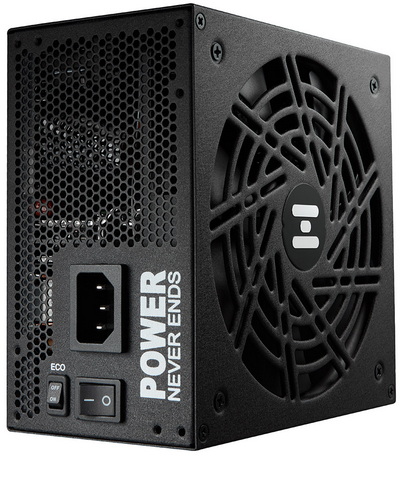
It’s no coincidence that FSP is alongside names like Seasonic and Channel Well Technologies when it comes to OEM PSU manufacturing and well, the Hydro Ti PRO 850W produced some of the best results I’ve seen in terms of rail stability. Needless to say, my test rig wasn’t able to draw 850W from this unit but even at almost 780W rail stability is almost excellent. Noise levels are also relatively low, yes, at just over 40dBA at load (well at 850W I do expect that to climb slightly higher) the Ti PRO 850W is not quite what I’d call whisper quiet but it’s still a lot better than most. What I didn’t like much was the how close FSP has placed the power connectors for the peripherals (two pairs). This might not be an issue when you’re building a system or mounting the unit for the first time (and there are other models around with similar configuration) but if you need to use one more port, you’ll probably need to remove it to do so. Tiny details/issues I know, still I do feel I need to point everything out.
Currently retailing for USD229.99 inside the USA (Amazon.com) and for 226.68Euros inside the EU (Amazon.de) the Hydro Ti PRO 850W is priced slightly higher than what I was expecting. That being said this is a top of the line 80 PLUS Titanium certified ATX 3.0 & PCIe 5.0 unit with a plethora of features and protections so to many people price will be well justified. Overall, the Hydro Ti PRO 850W is a very good power supply unit and for that it deserves the Platinum Award.

PROS
- Very Good Build Quality
- Near Excellent Rail Stability
- ATX 3.0 & PCIe 5.0
- 80 Plus Titanium Certified
- 12VHPWR 600W Connector
- Single Powerful +12V Rail (70.83A)
- Fully Modular
- Electrical Protections (OVP/SCP/OPP/OCP/OTP)
- ECO Fan Mode
- 10 Year Limited Warranty
CONS
- Lack Of Some Electrical Protections
- Price (For Some)

 O-Sense
O-Sense





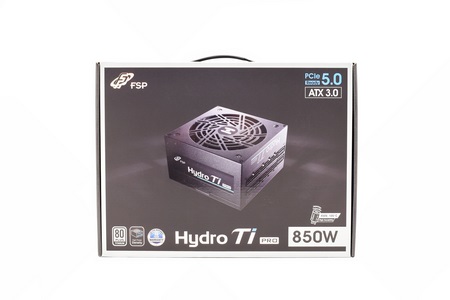
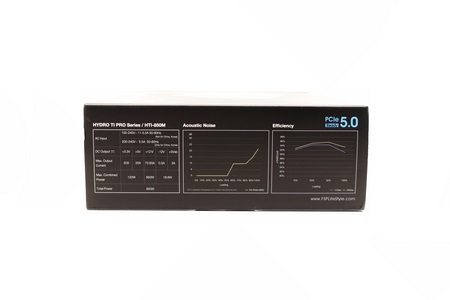
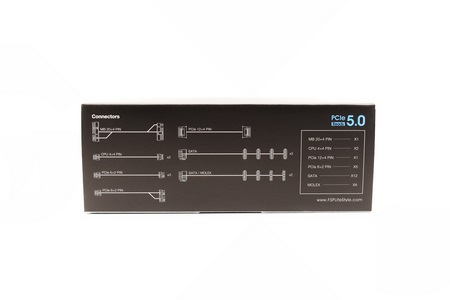
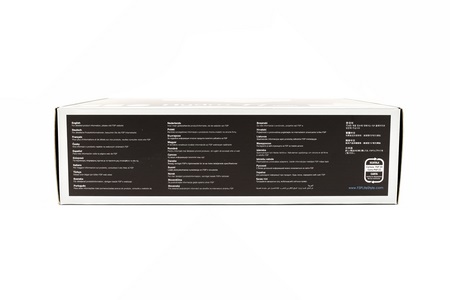

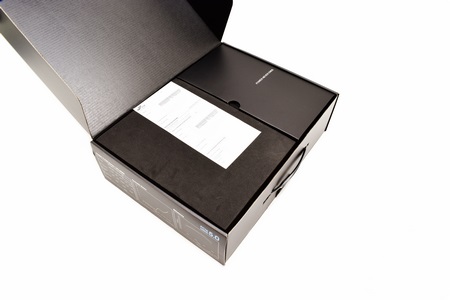

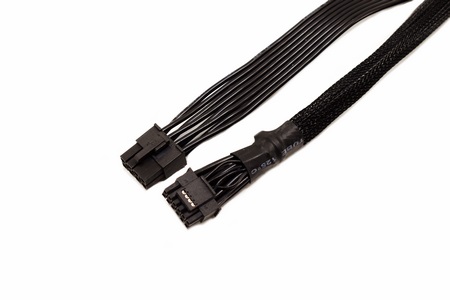
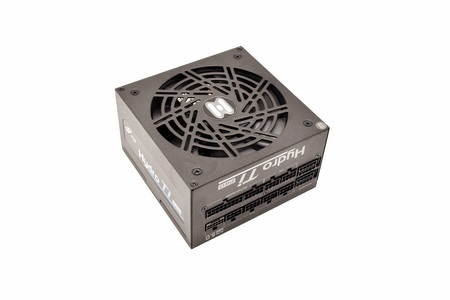
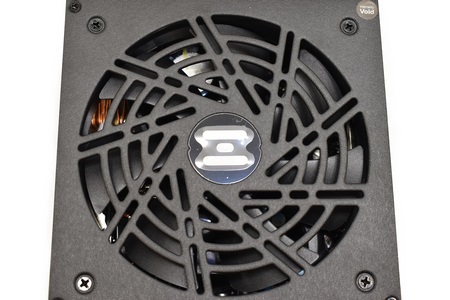

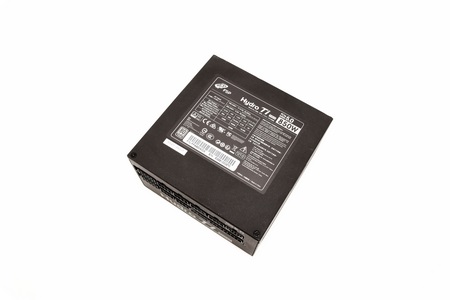
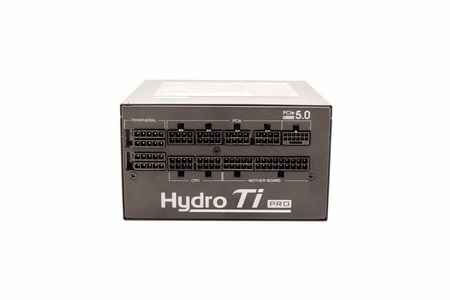
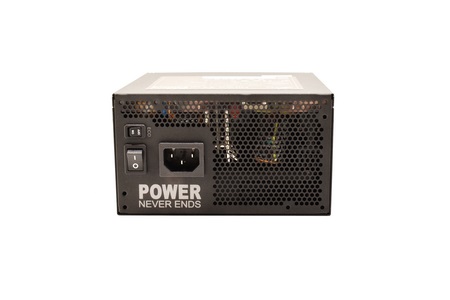
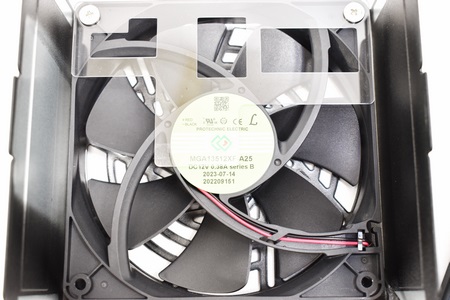
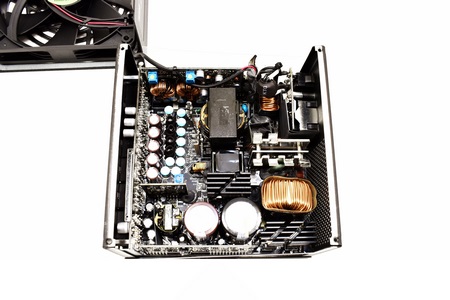
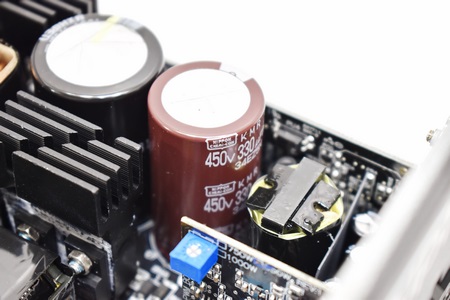
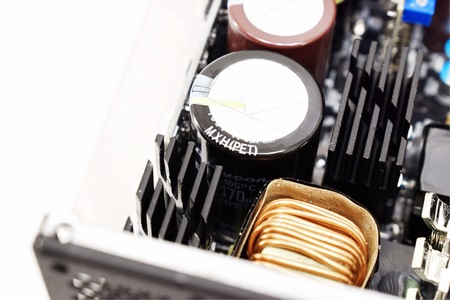
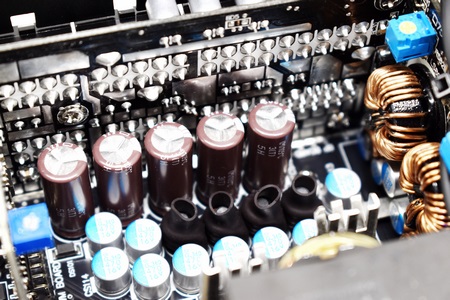
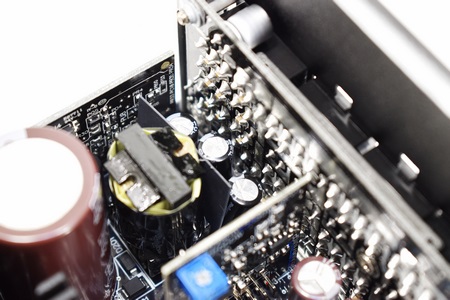


.png)

